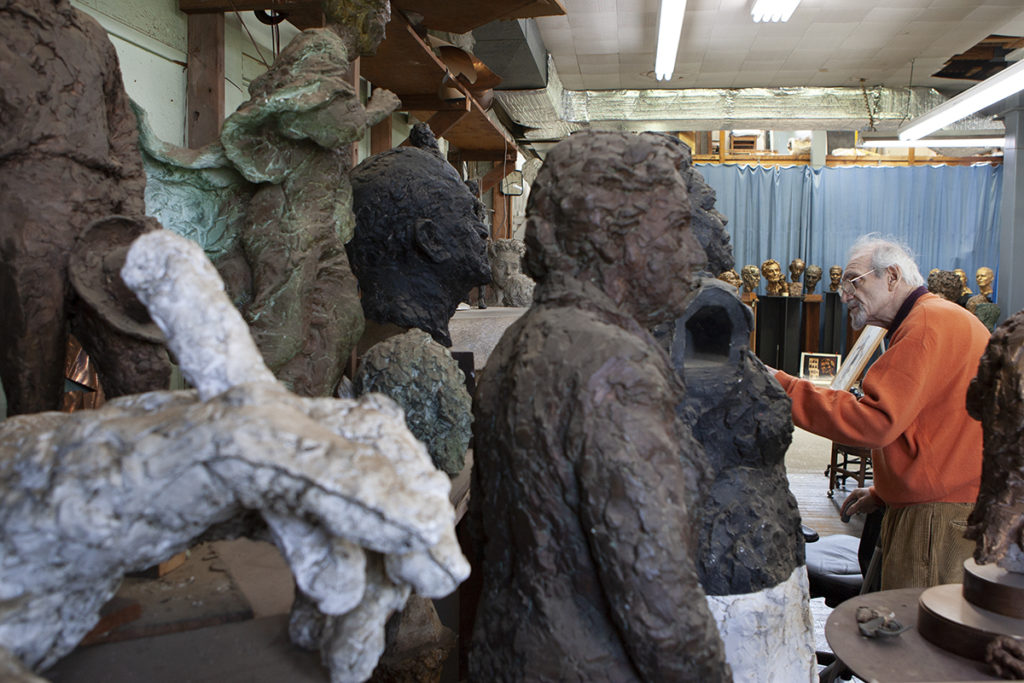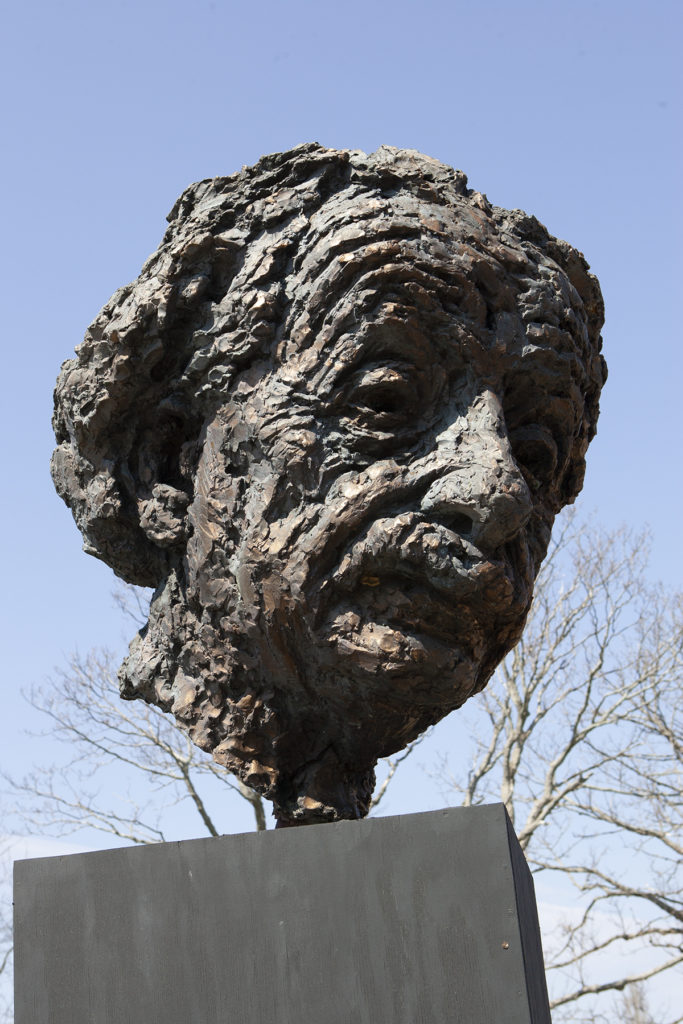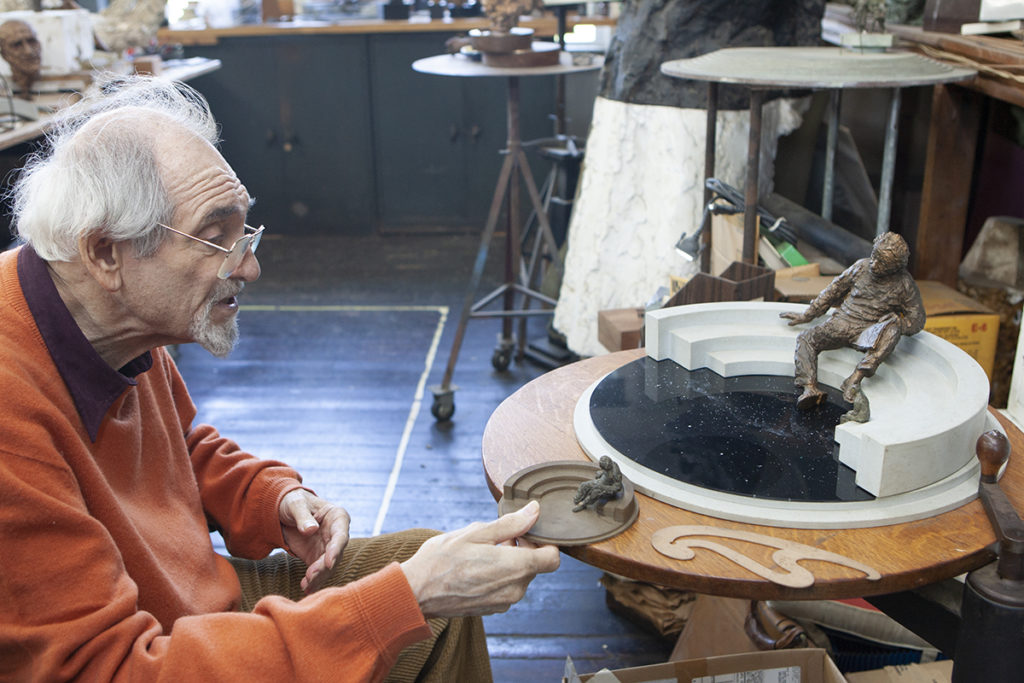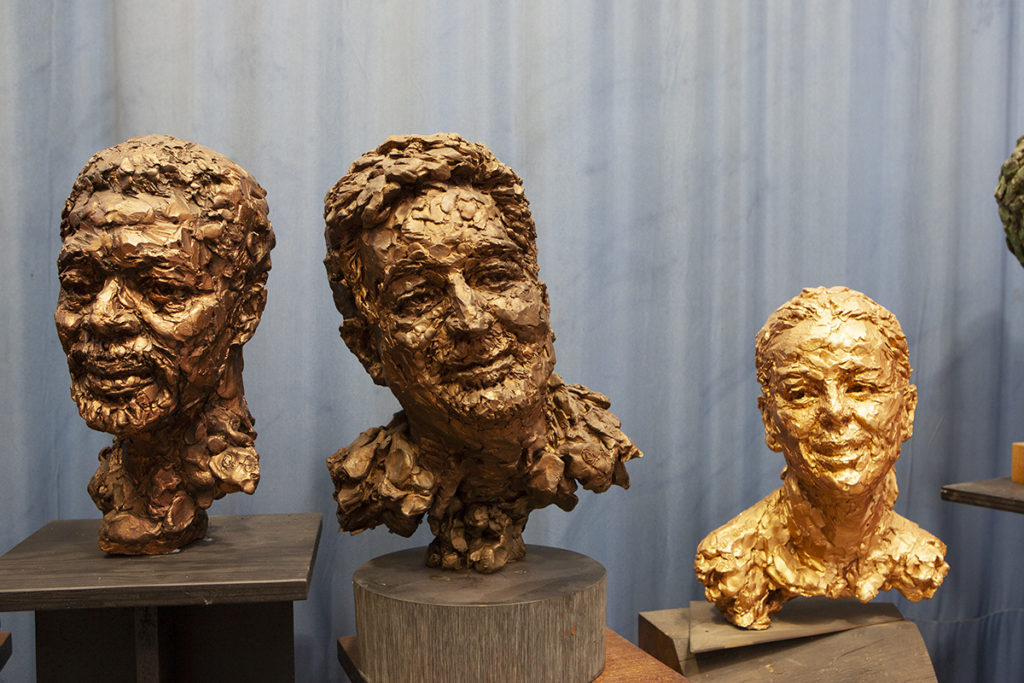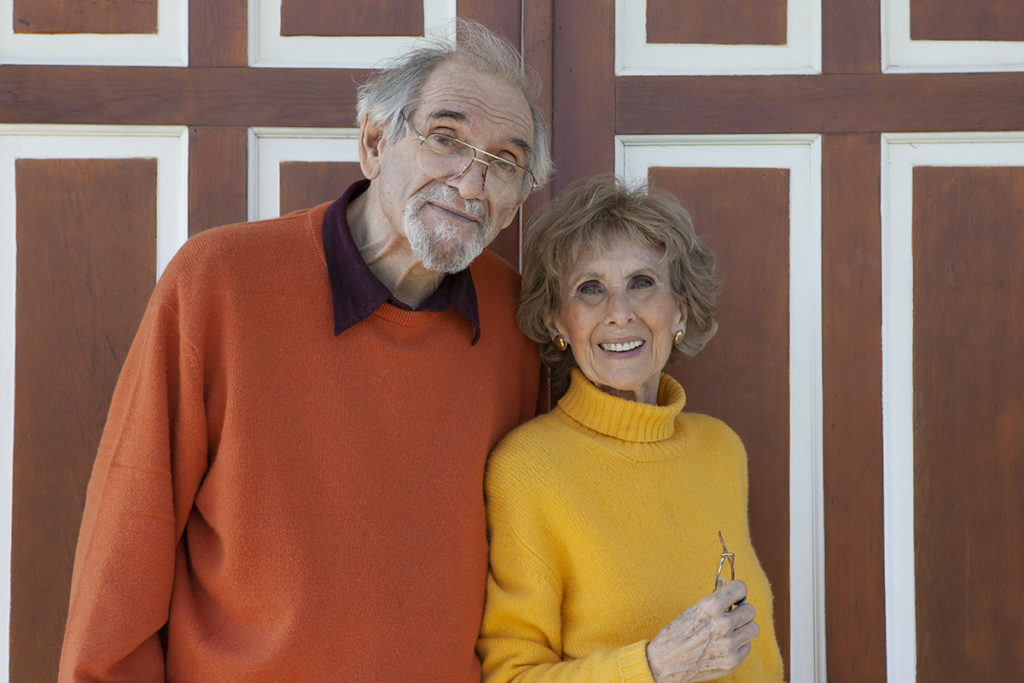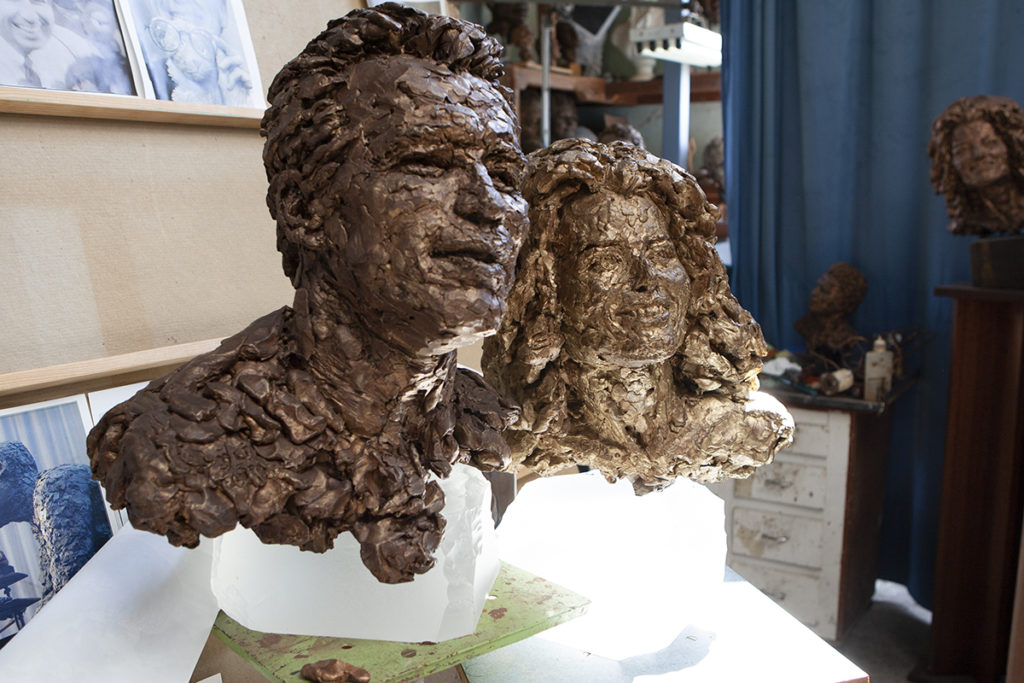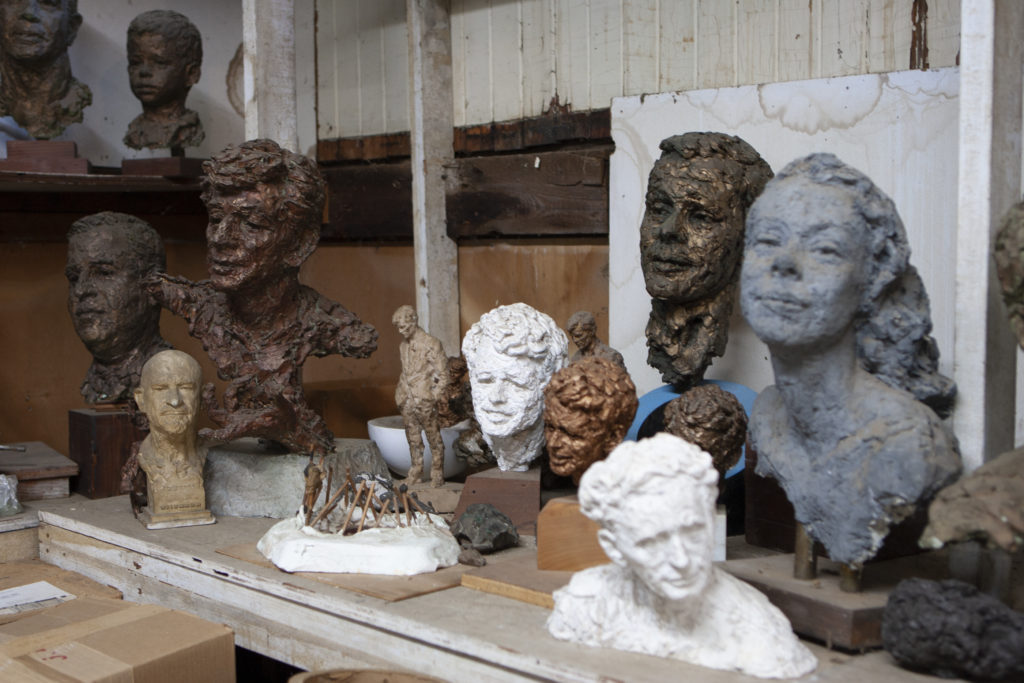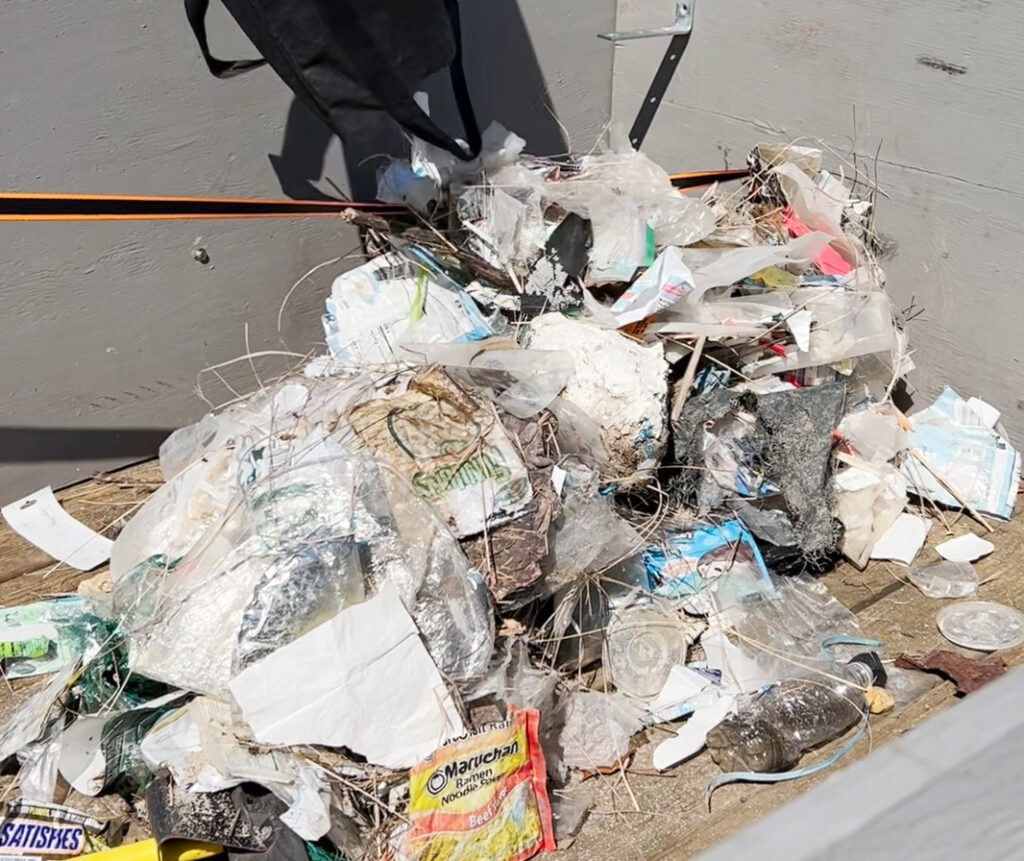Late Orient sculptor’s work on display in the Oval Office

Soon after Joe Biden took the oath of office to become America’s 46th president a reimagining of the Oval Office in the White House began in earnest.
The newly displayed works of art there included busts of iconic Americans admired by the new president.
One was of Rosa Parks, who in 1955 refused to give up her seat on a Montgomery, Ala., bus and move to the rear. Another was of Cesar Chavez, the labor organizer for farm workers; yet another was of Dr. Martin Luther King Jr. One that caught the attention of some on the North Fork was a bust of Robert F. Kennedy, done in 1968 after Mr. Kennedy’s assassination, by the extraordinarily gifted Orient sculptor Robert Berks.
“Yes, that was Bob’s,” said Mr. Berks’ widow, Dorothy “Todd” Berks, who lives in the Orient house they shared. Her husband died in 2011 at the age of 89 and his studio, which was once a schoolhouse, sits next door.
Perhaps no one is more identified with busts of the famous and powerful than Mr. Berks. He sculpted the statue in the Albert Einstein Memorial in Washington, D.C.; his bust of President John Fitzgerald Kennedy sits in the Kennedy Center for the Performing Arts in Washington. The RFK bust on view in President Biden’s Oval Office is not Mr. Berks’ first entry into that iconic room: his bust of Abraham Lincoln sat in President Clinton’s Oval Office.
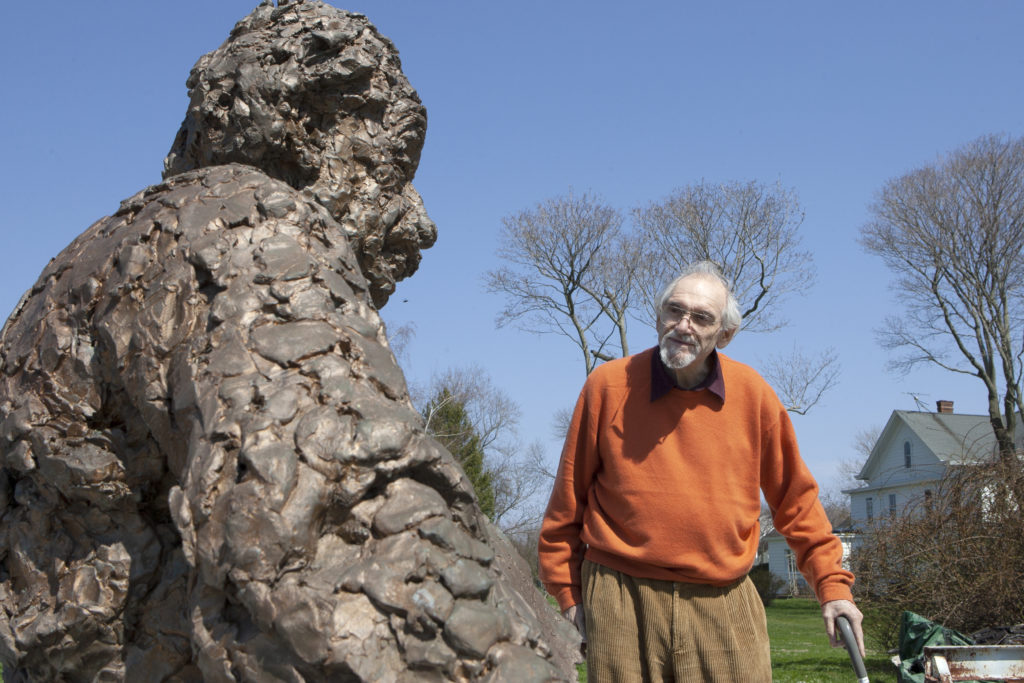
To say Mr. Berks sculpted American history would be an understatement. Oh, he also did one of Fred Rogers, which is in Mr. Rogers’ hometown of Pittsburgh.
“This is what Bob was about,” said Ms. Berks, who is 91. “His goal was to make sure he made a record of people who made history. He grew up in Boston doing historical figures with the aim of passing history down so that the people he sculpted were those who should be remembered.”
She said she was honored that the new president had the RFK bust moved into the Oval Office on the first day of the new administration.
“That’s wonderful,” she said.
In a 2010 interview with The Suffolk Times, about 13 months before Mr. Berks’ death, the artist said “everything designed has a visual component, and art is the best way to do everything.” Touring his studio, he showed his process and talked about how he regretted never meeting Mr. Rogers, who has also since passed.
“I watched hours of film, and Rogers was a communicator whose teaching was close to the way I work,” Mr. Berks said.
He also shared a funny anecdote from discussing his work with actor and former California governor Arnold Schwarzenegger, whose likeness he captured.
“Bob, there’s one thing wrong with your work,” Mr. Schwarzenegger told him. “You did too many Democrats.”
News reports say White House staff had about five hours after President Biden’s inauguration last Wednesday to change the artwork in the Oval Office. Some pieces came on loan from the Smithsonian Institution, others from museums around the country. The new look in the Oval Office was to be completed by the time President Biden returned from the celebrations.
If art is in the eye of the beholder, then interpreting the meaning in art selected by an incoming president is also a personal statement. Where former President Donald Trump had a portrait of President Andrew Jackson, President Biden favored Benjamin Franklin looking over his desk.
An art news website said the Franklin portrait was painted in 1785. The site said the bust of Dr. King had been elsewhere in the White House, but is now prominently on the mantel above the Oval Office fireplace. Mr. Berks’ work is on the other side of the fireplace.
“[The Smithsonian] has also provided two of the new additions to the office, loaning bronze busts of Robert Francis Kennedy — a Catholic, like Biden — and civil rights icon Rosa Parks. Robert Berks created the RFK sculpture in 1968, after the Democratic presidential candidate’s assassination, while the 1990 Parks piece is by Artis Lane,” a reporter for artnews.net wrote.
“On the opposite wall, a portrait of Franklin D. Roosevelt — who also took power at a time of national crisis — is flanked by George Washington and Abraham Lincoln on one side, and Thomas Jefferson and Alexander Hamilton on the other,” the post continued.
As history begins for a new presidential administration, Mr. Berks’ RFK bust will be there.



